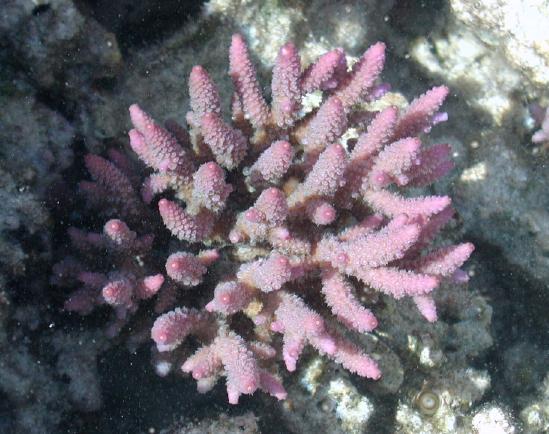 |
| Corsola Pokemon |
During last week's lecture, we were given an introduction to corals, and I learned that real corals have two important differences from their animated counterparts:
- The term “coral” actually refers to the colonies of polyps on the surface of a hard skeleton made out of calcium carbonate. Generations of these tiny little marine animals work to build the structures that most people associate with corals, but only the outermost layer contains living coral. Corsola, on the other hand, seem to have no distinction between the two. Both the outside layer and white skeleton underneath make up one whole, cute little Pokemon.
- Corals are far less resilient than Corsola. Both Corsola and corals are both sensitive to water pollution, but only Corsola have healing abilities that allow them to rapidly regenerate if damaged. According to our professor, simply touching or roughly brushing up against a coral can kill the polyps on the surface you come in contact with. And if a branch of the skeleton is broken off, it could take years for another branch to grow back to that same length.
 |
| Acropora sp. "Branching Coral" |
Now to brush up on swimming...
No comments:
Post a Comment